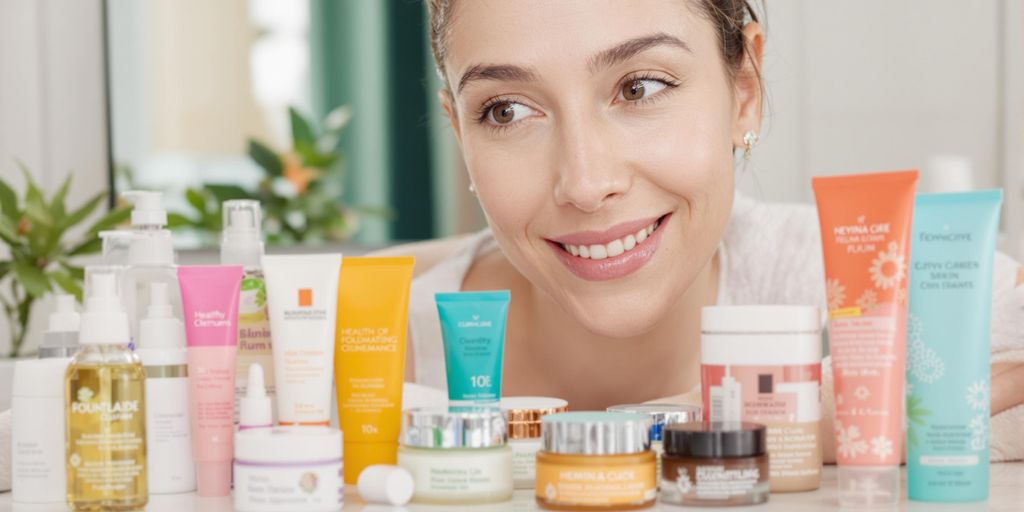In the world of beauty trends, a new intriguing arrival has consumers flooding their faces with a variety of milk-based products. Dubbed ‘milk bath beauty’, it has taken the beauty industry by storm.
Not to be confused with a completely fresh trend, the use of milk in beauty routines has a long and rich history. For centuries, milk has been a vital part of people’s beauty regimen. The reason for its popularity is the soothing and conditioning properties it offers to the skin. From hand soaps to body lotions, a wide range of products are powered by the ultra-hydration benefits of milk.
Perhaps one of the most renowned users of milk for beauty purposes was Cleopatra, who was alleged to bathe frequently in milk baths to benefit her skin. Today, many people follow suit, soaking their irritated or inflamed skin in a tub of warm milk of various origins, including goat, cow, coconut, rice, and oats. This routine is said to help soothe, hydrate, and soften the skin.
Milk-based beauty products, especially those derived from animals, contain natural fats that help strengthen the skin barrier and lock in moisture. They also contain enzymes and lactic acid that can help gently exfoliate dead cells. On top of that, products labeled as “milky,” such as toners, usually reference a textural aspect rather than an ingredient. This milky consistency creates a nourishing and calming feel on the skin, much like baby milk provides essential nutrients for growth and development.
So, what could be the reason behind this recent fascination with milk in skincare? The beauty community connects this trend with social media and climate influences. The appealing visual of milky textures on social media platforms compared to conventional thick creams attracts viewers. Coupled with the thirst for lighter moisturizing textures during hotter climates, it’s no surprise milky products are a hit.
However, not all “milky” products contain real milk. A skin care product can achieve a milky feel without employing any sort of milk. It is, in fact, the precise formulation of water and oil components that creates the thin, milky texture. Just because a product is marketed as milky doesn’t mean it will have calming properties.
Some milk-infused formulas contain lactic acid, which may be better for acne-prone individuals or those looking to smoothen fine lines. However, those with sensitive skin might prefer purely calming products. Various versions of milk utilized in beauty products range from animal-based like cow or goat to plant-based like coconut, oat, or rice.
In recent years, select beauty brands have rolled out products containing breast milk, which has stirred controversy. Some of the best products to try include Rhode skin Glazing Milk, By/RosieJane Everyday Body Milk, cocokind Oil To Milk Cleanser, and good light Moon Glow Milky Toning Lotion. These items offer a range of functions, from providing antioxidant-rich nutrients to exfoliating dead skin cells.
To wrap up, the trend towards soothing, milky beauty products is continuously growing. Though it’s not necessary for a product to have actual milk to create the desired texture and feel, the comfort that “milky” products bring to the skin is undeniably charming.




![“Kerassentials Review” : [My Updates Reviews 2024] — Does It Work & Is It Safe? 3 049e8bfe 6112 4c16 aa9b b331dee37d90 “Kerassentials Review” : [My Updates Reviews 2024] — Does It Work & Is It Safe?](https://beautinews.com/wp-content/uploads/2024/10/049e8bfe-6112-4c16-aa9b-b331dee37d90.jpg)